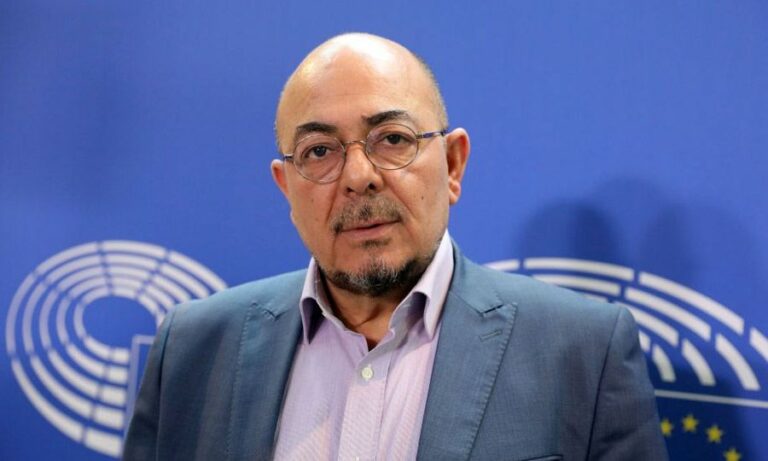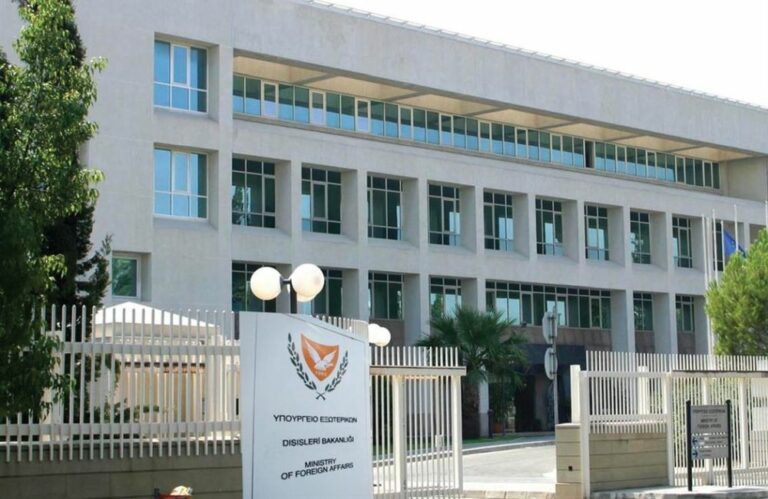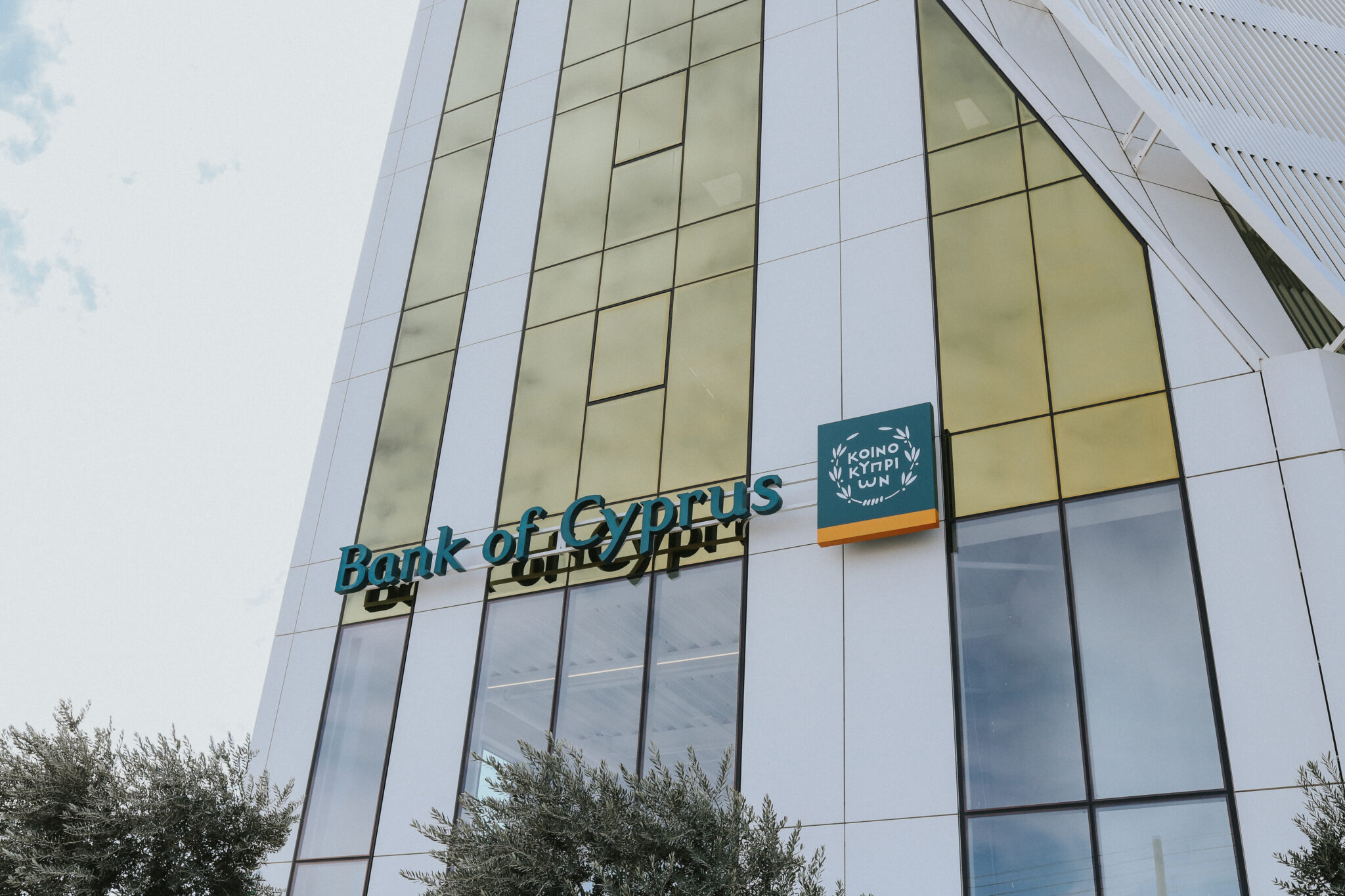The European Parliament has made the fight against climate change a priority, taking action within the EU to reduce emissions and actively participating in global efforts.
One key priority is curbing global warming to well below a 2°C increase which scientists consider pivotal to staving off catastrophic consequences.
Average global temperatures have risen significantly since the industrial revolution and the last decade (2008–2017) was the warmest decade on record. Of the 17 warmest years, 16 have occurred since 2000.
Data from the Copernicus Climate Change Service shows that 2018 was also one of the three warmest years on record for Europe. The majority of evidence indicates that this is due to the rise of greenhouse gas emissions produced by human activity.
The average global temperature is today 0.85°C higher than at the end of the 19th century. Scientists consider an increase of 2°C compared to pre-industrialised levels as a threshold with dangerous and catastrophic consequences for climate and the environment.
This is why the international community agrees that global warming needs to stay well below a 2°C increase.
According to the European Environment Agency, the EU is the world’s third biggest greenhouse gases emitter after China and the US. The energy sector was responsible for 78% of EU greenhouse gas emissions in 2015. Common mitigation efforts are key as climate change affects all EU countries, even if not in the same way.
The Mediterranean region can expect more heat extremes and less rain, while countries in the continental region face higher risk of river floods and forest fires.
EU efforts are paying off. In 2008, the EU set the target to cut emissions by 20% compared to 1990 levels by 2020. It is well on track to reach this goal: in 2015 the level of greenhouse gas emissions in the EU represented a decrease of 22% compared with 1990 levels.
The EU is a key player in UN climate negotiations. In 2015, it ratified the Paris Agreement, the first universal agreement to combat climate change. Its goal is to mitigate climate change by maintaining the increase in global temperature at 1.5°C compared to pre-industrialised times.
Under the Paris Agreement, the EU committed to cutting greenhouse gas emissions in the EU by at least 40% below 1990 levels by 2030. It has put several measures in place to reach this target.
The EU has put in place different types of mechanisms depending on the sector.
To cut emissions from power stations and industry, the EU has put into place the first major carbon market. With the Emissions Trading System (ETS), companies have to buy permits to emit CO2, so the less they pollute, the less they pay. This system covers 45% of total EU greenhouse gas emissions.
To cut emissions from power stations and industry, the EU has put into place the first major carbon market. With the Emissions Trading System (ETS), companies have to buy permits to emit CO2, so the less they pollute, the less they pay. This system covers 45% of total EU greenhouse gas emissions.
For other sectors such as construction or agriculture, reductions will be achieved through agreed national emissions targets, which are calculated, based on countries’ gross domestic product per capita.
Regarding road transport, in early 2019, the European Parliament backed legislations to reduce CO2 emissions by 37.5% for new cars, 31% for vans and 30% for new trucks by 2030
The EU also wants to use the CO2 absorption power of forests to fight climate change. In 2017 MEPs voted in favour of a regulation to prevent emissions resulting from deforestation and change of land use.
Addressing the energy challenge
The EU also fights climate change with a new clean energy policy adopted by the Parliament in 2018. The focus is on increasing the share of renewable energy consumed to 32% by 2030 and creating the possibility for people to produce their own green energy.
In addition the EU wants to improve energy efficiency 32.5% by 2030 and adopted legislation on buildings and household appliances.
EU funding for climate
Climate mitigation and adaptation goals are integrated into the EU’s main spending programmes. The EU agreed to make at least 20% of EU expenditure climate-related in 2014-2020, including the €3.4 billion LIFE environment and action programme.
Climate mitigation and adaptation goals are integrated into the EU’s main spending programmes. The EU agreed to make at least 20% of EU expenditure climate-related in 2014-2020, including the €3.4 billion LIFE environment and action programme.















